- Home
- >
- Preservation Archaeology Blog
- >
- A Memorable Success in Preservation Archaeology on...
(June 9, 2016)—During the week of May 23, something wholly unremarkable and yet almost never talked about in the media took place in southeast Utah: a group of volunteers did important work and had a ton of fun doing it.
For years, Bluff-based conservation and advocacy group Friends of Cedar Mesa (FCM) has organized and directed citizen efforts to protect cultural resources on public lands in the Bears Ears area of southeastern Utah. Past and ongoing projects include trail maintenance, fence and sign construction, research and guidance for land management agencies, organizing site stewardship, hosting celebratory events, and so on. Being focused on Cedar Mesa (obviously), most of this work has occurred on BLM-administered lands. The high uplands of nearby Elk Ridge—actual location of the eponymous Bears Ears formations—is engulfed almost entirely by the Manti-La Sal National Forest and is, thus, Forest Service land.
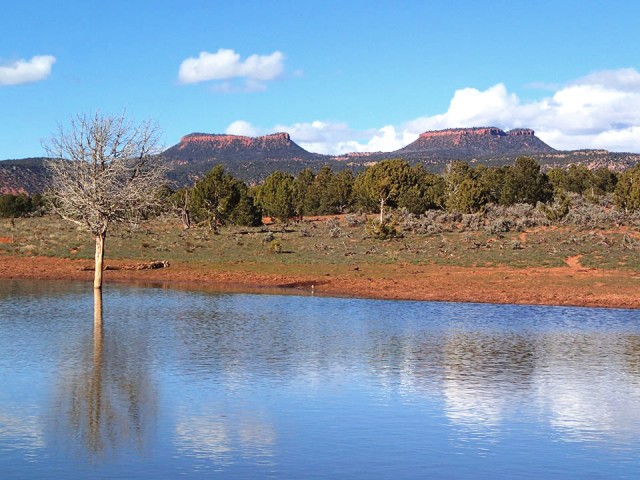
As a small army of archaeologists and researchers has long recognized, however, Cedar Mesa and Elk Ridge represent two parts of a larger culture area within which there weren’t any fixed boundaries in antiquity. Elk Ridge and its canyon system represented short-term refugia and longer-term community and village settlement areas with a set of environmental factors that varied considerably from the lower uplands of Cedar Mesa. Because of this variability, settlement and subsistence strategies in the upper highlands probably differed in at least a few key ways from lower highlands adaptations (for example, there aren’t any early Pueblo villages on Cedar Mesa). Although the archaeology of Elk Ridge remains sparsely published and all-but-unknown to the scientific community, half a century of research on Cedar Mesa and its adjacent washes presents a considerable baseline for comparative analysis between the two. And this will continue to be true—so long as there is any archaeology left to compare.
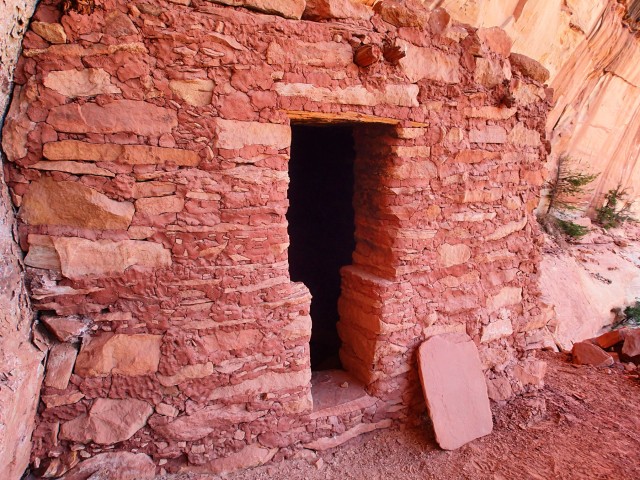
With these and similar thoughts in mind, district archaeologist Don C. Irwin and GS-07 archaeologist Yours Truly have begun working with FCM on a small cornucopia of projects. Mine are primarily research- and writing-oriented, so I’ll skip that for now. Irwin, meanwhile, has engaged them in a site stewardship program that is off to a running start. Recently, along with FCM assistant director Amanda Nichols, Don coordinated a four-day backcountry site monitoring and recording expedition into one of Elk Ridge’s most remote and fantastic locations. Joining us on the excursion were four volunteers of tremendous caliber and enthusiasm.
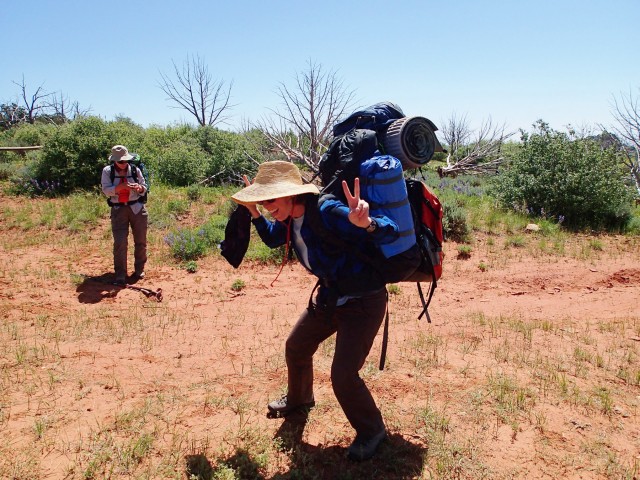
Volunteers got a chance to see and experience how backcountry archaeological site recording takes place, including both “old-” and “new-school” techniques. (The latter were especially handy when we recorded a Formative pueblo with trees growing out of its room block remnants, stymieing efforts to map the site using sub-meter GPS and forcing us to revert to the “X degrees, Y paces” method of mapping.) Irwin was on hand all along to give informative talks on pottery and stone tool analysis, while GS-05 archaeologist Ben Tanner and I conducted and directed other minutiae, such as pin-flagging, photography, and note-taking.
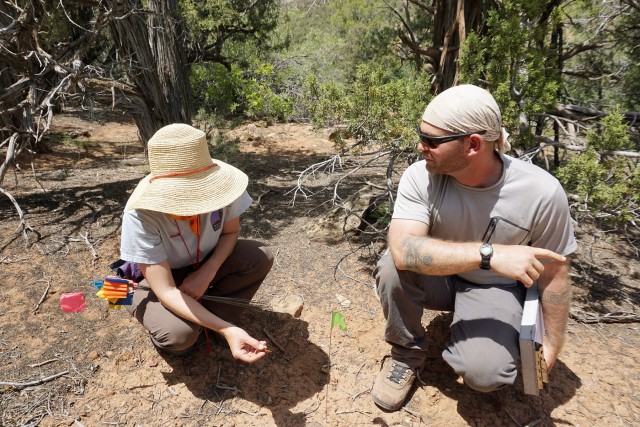
We also had the chance to visit and conduct technical condition assessment on several rather arresting cliff structures—one that we all visited on the first day, a second that a smaller/crazier contingent of us visited on the second day while everyone else recorded another surface pueblo, and then two more that everyone visited on the last day. Photos were snapped, ooooohs and aaaaaahs were exclaimed, and everyone was delighted to find that, in spite of increasing visitation, the sites and their associated artifact assemblages are still remarkably unmolested (for the most part).
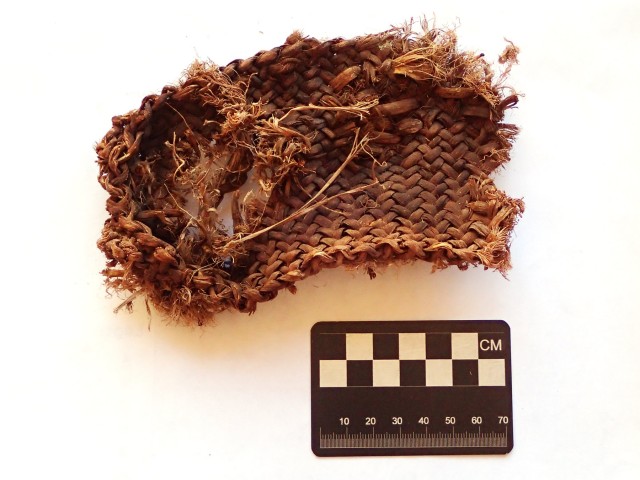
Meanwhile, volunteers also enjoyed warm days, crisp nights, and lengthy and loquacious campfire reveries while enjoying the latest in gourmet freeze-dried backpacker fare (note to future self et al.: next time, utilize Forest Service horses and haul in real food). Lively encounters with large spiders and one alarmingly large bark scorpion served as ample reminders of the wildness of our work setting. Volunteer and Rio Mesa Field Station manager Hau Truong remarked—often and excitedly—about the near-total lack of invasive plant species in evidence. An assortment of feline and bear tracks also kept us on the alert. Bona fide wilderness.
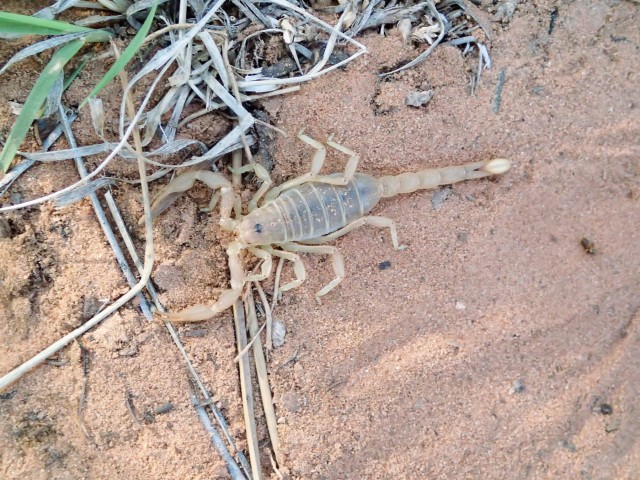
On the other hand…somewhat less-lively encounters with a pair of lost and starving bear-hunting dogs from Blanding served as ample reminders of how easily that wildness can be encroached upon. And though visitation impacts to the archaeological sites remain admirably minimal, at least in comparison with the iconic structures of Cedar Mesa, ongoing and increasing impacts are evident nonetheless. Such observations underscore the unfortunate but inevitable fact that nothing remains undisturbed forever. Luckily, we’re here to help.
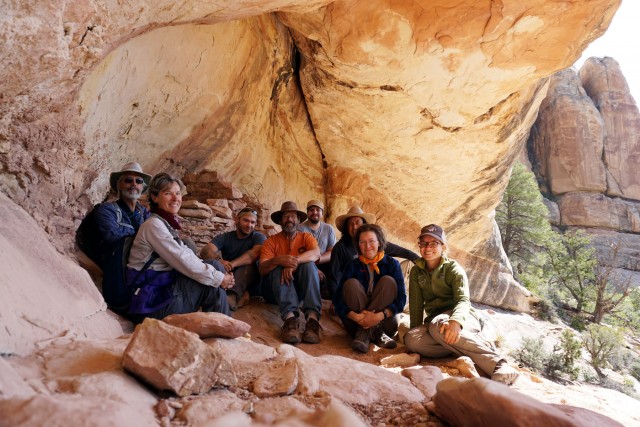
On the last day of the trip, we cleaned our group campsite to the best of our Leave-No-Trace abilities, including dispersal of campfire rocks and burial of campfire pit. Then we packed up our respective bundles and filled our respective water bottles. And then we just sort of sat around, cracking forlorn jokes about giving the real world a miss and just staying down there for good. Some of us weren’t joking… but, to paraphrase Irwin, the trip was a total success and “just the beginning” of an exciting partnership between FCM and the Manti-La Sal National Forest. We’ll be back!